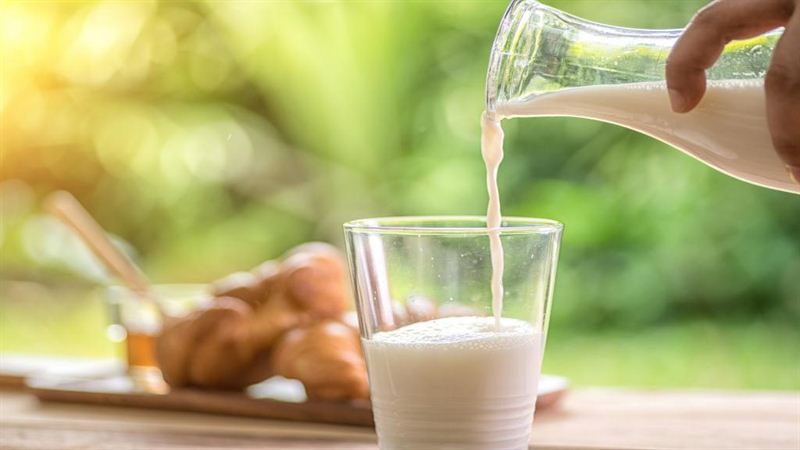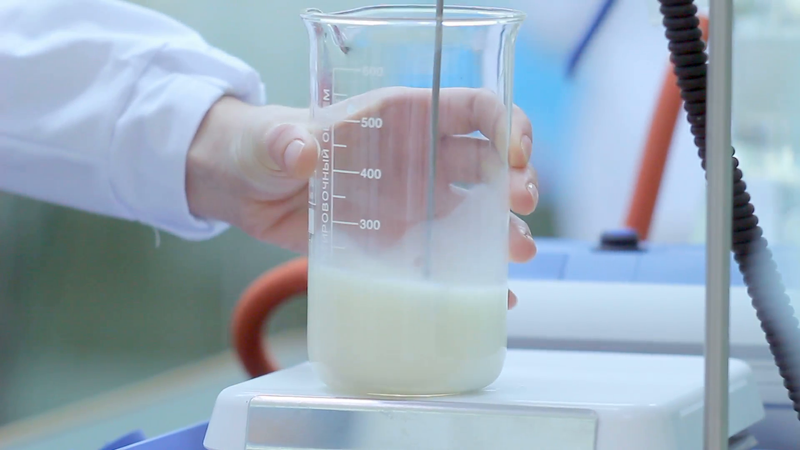Milk Adulteration – Commonly We Should Know

Milk is present as an essential food product in our daily diet. But now a day’s milk is also contaminated. At some times before the contamination of food was don; still, it is going on, but it is not that much in comparison with milk. The term adulteration means that any matter which could be mixed with any substance to generate it in more quantity. Due to this process, the food or desired product has been compromised. And once it has been compromised then, the quality of food is compromised. Once the quality of the product is lowered through adulteration, then the product should not be consumed. Then it should be destroyed because it may be injurious to health. The primary reason for these mixing is that availability to everyone.
According to the registered records, many customers are in the daily need for milk products. So to fulfill the requirement for every customer is very hard, maybe that’s the reason adulteration is happening. Especially an increase in demand in the festive season is also a significant problem. Though the milk and milk industry is very vast, and that’s why contamination is an easier way to generate more money. Thus the mixing of war and detergent is common in milk; water persists to be the most straightforward and universal method for adultering. And the other products that are mixed with the milk are detergent, caustic soda, refined oil, white paint, and glucose. According to the demand and supply, the milk is been compromised, if the demand is for thin milk then water is mixed, and if the demand is for thick milk then detergent and other chemicals are mixed. Though every unpure milk has its own risk and hazard, if someone is consuming this adulterant milk from a long period then the problem of impairment of various body organs can arise.
Even in extreme cases, there can be a problem with cancer and other heart diseases. Milk powder is said to be the second most likely food items. Urea is also heavily used in the mixing of milk; thus this results in a reduction of nutrient and nutritional value present in milk. So before take we should know the adulterants and some detection tests which can be done in our home.
USES OF MILK ADULTERANTS AND ITS EFFECT –
Some adulterants that are used in milk are as follows:
- Water – water is usually used to dilute the milk. This dilution not only reduces the quality and nutritional value of milk, but using contaminated water in milk can cause health problems also.
- Starch – Starch increase milk thickness. Excess intake of starch can lead to diarrhea, due to indigestion of starch in the colon. Even it is also dangerous for diabetic patients.
- Detergents – Detergent is used as an emulsifying agent in milk. It is a non-edible product that can cause some gastrointestinal problems.

- Urea – It provides the white color in milk. It can lead to over workload in the kidney as kidneys are our main excretory organ, which can filter out unnecessary and toxic products from our body.
- Sugar and salt – These are used in milk to provide natural taste. It can adversely affect patients suffering from renal disorders, hypertension, and diabetes.
- Hydrogen Peroxide – It is used as an adulterant to maintain freshness in milk. It can damage the gastric intestinal cells, and as a result, gastritis can be found.
- Carbonates and bicarbonates – These are used as a preservative to prevent spoilage of milk. These can disrupt hormone functioning, thereby hamper normal development and reproductive life.
- Formalin – It is also used as preservatives in milk, but excess intake of it can lead to inflammation in the gastrointestinal tract and also enhances the chances of cancer.
- OTHERS – Ammonium Sulphate, Vanaspati, Boric acid are used as adulterants in milk and milk products.
Also read: Milk Is It Good Or Bad For You?
DETECTION OF MILK ADULTERANTS
AT HOME
We can detect some milk adulterants in our home as follows:
- Pour milk flows on the polished slanting surface very slowly and leaves a white mark, whereas milk with water flows rapidly without leaving any white mark.
- If a few drops of iodine solution form a blue color while it added with milk, that means this milk is adulterated with starch. (iodine solution is available in medical stores)
- If the same amount of water is added with milk and form lather after shaking, it indicates the presence of detergents in milk.
AT LABORATORY
Some adulterants could not be detected in the home, for this laboratory test should be done as follows:
- If 5ml of concentrated sulfuric acid is added to 10 ml milk in a test tube and form a blue or violet color in the intersection of these two layers without shaking, indicates the presence of formalin in milk.

- Formation of red color by adding ten drops of hydrochloric acid and one teaspoon sugar in milk indicates the presence of vanaspati.
Though there are many major resources for the production of milk in the country, therefore, all the resources should be checked, and regular food quality checkups should be conducted. With this food quality checkups, the tendency to maintain the quality of the product will be appropriately managed. This monitoring problem is more acute in under-developed countries and even in developed countries, just because there are no law-enforcement and regulatory authority to manage all the inspection. Furthermore, mindfulness and access to information and knowledge can assume an essential role in these regions to defeat this issue. A portion of these simple discovery strategies at the customer level and best in class procedures at the authority level can finish this issue for the people, incorporating a vast number of youngsters in the creating nations.









